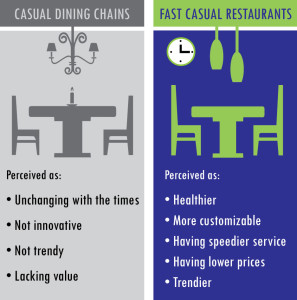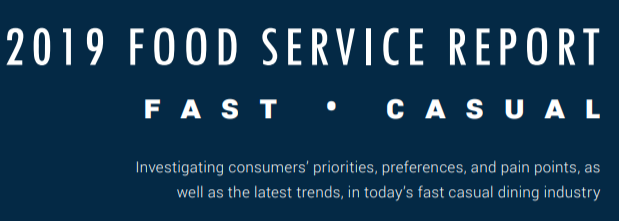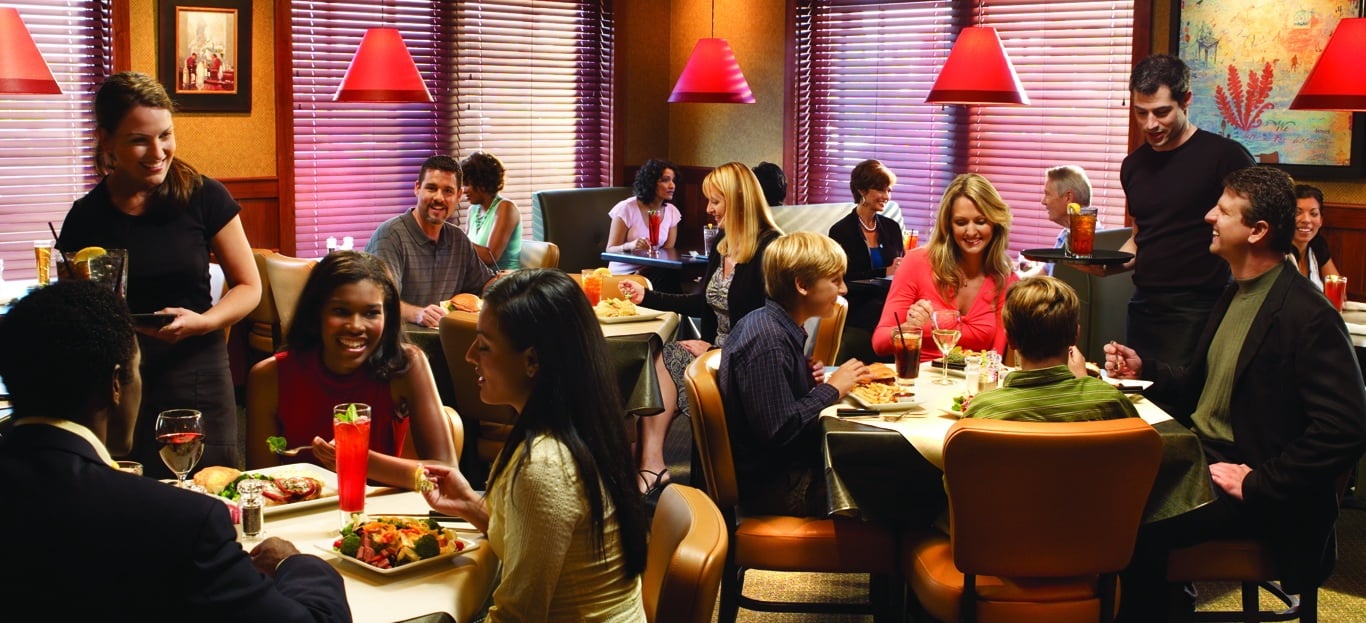Directly correlated to the rise of fast casual restaurants is the decline of the casual dining industry. Throughout the 20th century, the casual dining restaurant was a staple of American life. What has led to its decline and what steps will the industry have to take to return to its glory days?
The Development of Casual Dining is Accelerated Post-WWII
The beginning of the casual dining phenomenon can be traced back to the 1950’s, post- WWII. It was then that Americans flocked to suburban areas, relying more on automobiles than ever before. With increased transportation options, as well as rapidly increasing incomes, dining out became a more accessible possibility for a greater number of Americans. Food distributor networks, such as Sysco, were building relationships with chain restaurants to produce, store and deliver a variety of pre-made food products. As these distribution companies became more sophisticated, they became able to easily manage a mix of perishable, frozen, and dry foods. This was critical for the development of chain restaurants – it allowed them to develop a standardized menu that could be replicated nationwide.
Late 20th Century - Casual Chains Attracted the Strong Middle Class
Casual dining chains rapidly gained in popularity through the 1980’s and into the 1990’s. A number of factors contributed to this rise including a robust economy, a strong middle class, and an increasing amount of households with two working parents. Restaurants such as Olive Garden, Applebee’s, and Chili’s were tailored to attract the growing middle class population, with features such as moderately priced meals and children’s menus. Unfortunately, during this time period, the U.S. began to undergo an obesity crisis. Fast food restaurants as well as casual chains received backlash regarding their contribution to the fattening of America. Critics blamed huge portions and unhealthy menu items high in fat and sodium as key contributors to this epidemic. Public health agencies called for widespread menu reform among restaurants. Many obliged by offering healthier menu items, as well as labeling menus with nutrition information for more transparency. This was arguably the first shift towards the burgeoning fast casual scene.
The New Millennium Brings the Decline of Casual Dining
The decline of the casual restaurant segment in the 21st century can be attributed to a number of factors, some of which are economic and demographic-related. With the recession in the early 2000’s, dining out declined among Americans. Consumer traffic to casual restaurants declined 9 years in a 13 year period from 2000-2013, while fast casual restaurants such as Chipotle and Panera began to explode in popularity. Even as the economy improved and consumer spending increased in the following years, casual dining sales stayed stagnant. This stagnancy can partially be accredited to a lack of adoption of casual restaurants by millennials. While many millennials grew up during the heyday of casual dining, they have not taken to it as the generation before them did, for a number of reasons:

Casual Chains Look to Capitalize on Fast Casual Characteristics
While growth at fast casual restaurants is far surpassing their casual counterparts, casual chains are heeding experts’ advice, and beginning to adopt some of the fast casual strategies for success. Applebee’s has remodeled most of their locations as part of a branding facelift, and Chili’s has introduced tabletop tablets to increase customer satisfaction and speed of service. Chains are also gaining momentum by offering faster, budget-friendly lunch options, starting at a price point of around $6 to $7. This improved lunch business has provided a bit of wind in the sails of the industry, combined with the improving economy.
Can Casual Dining Make a Comeback?
The current climate of rising employment and decreasing gas prices offer favorable economic conditions for a casual dining comeback, but ultimately much of the responsibility for resurrecting the industry is reliant on restaurant decision-makers. Can they create a model that appeals to the changing American demographic? Can a former staple of American life can return back to being a cultural cornerstone?


